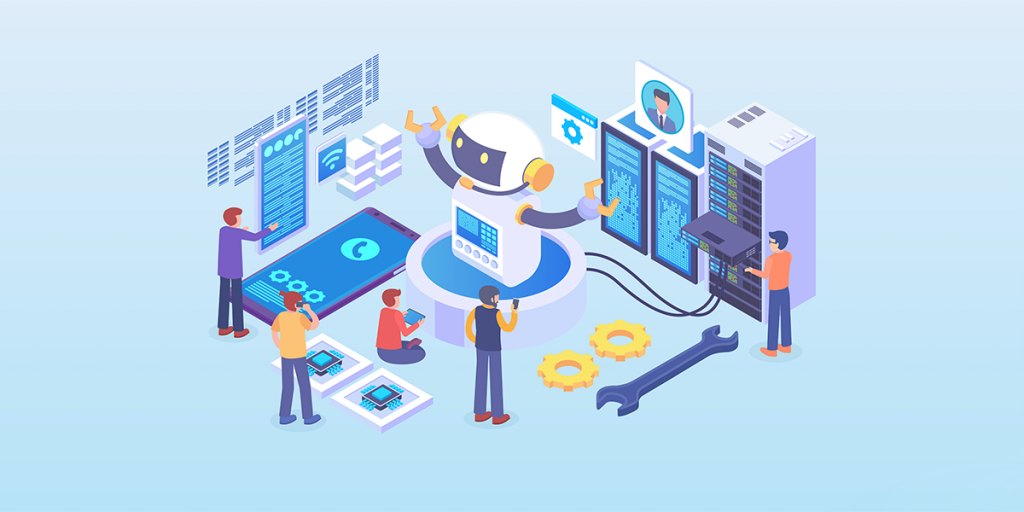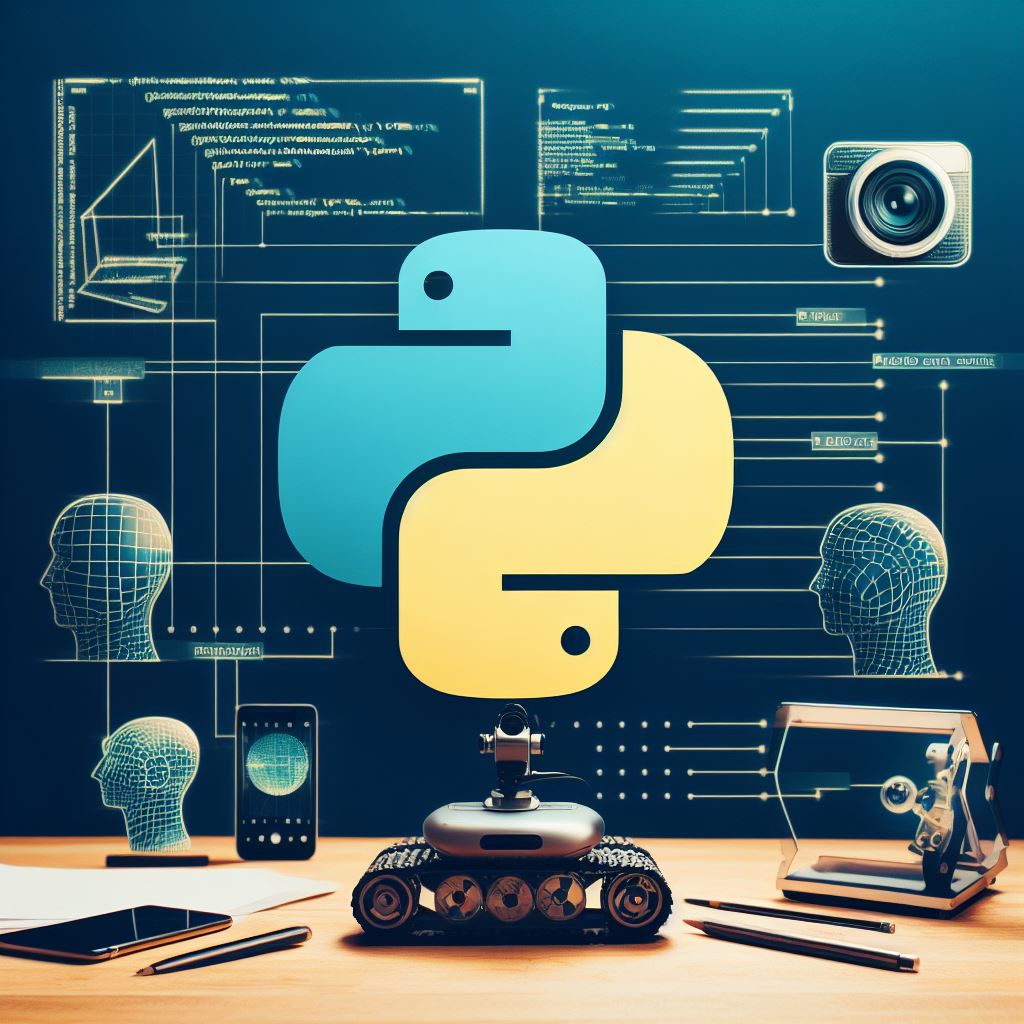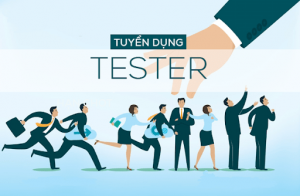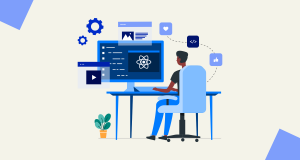
In the realm of enterprise software projects, selecting the right technology stack is a critical decision that can significantly impact the success and efficiency of your project. With a plethora of options like Java, .NET, Python, Node.js, and more, understanding the strengths and weaknesses of each technology is essential. This article compares these popular technologies and provides advice on how to choose the best fit based on the specific needs of your business.
Java: The Enterprise Workhorse

Strengths
- 1. Scalability: Java is known for its scalability, making it ideal for large, complex applications.
- 2. Security: Java has robust security features, which is crucial for enterprise-level applications.
- 3. Cross-Platform: Java applications can run on any device that has the Java Virtual Machine (JVM), providing platform independence.
Weaknesses
- 1. Performance: Java can be slower compared to some newer languages due to its abstracted nature.
- 2. Verbose Syntax: Java’s syntax can be verbose, making code less readable and harder to maintain.
Best for
- – Large-scale enterprise applications
- – Financial services and banking applications
- – Systems requiring high security
.NET: Versatility and Integration

Strengths
- 1. Integration with Microsoft Products: .NET integrates seamlessly with other Microsoft products, which is beneficial for businesses already using Microsoft technologies.
- 2. Versatility: .NET supports multiple programming languages, including C#, F#, and VB.NET.
- 3. Rich Libraries: .NET has a comprehensive set of libraries, speeding up development.
Weaknesses
- 1. Windows-Centric: While .NET Core is cross-platform, the traditional .NET framework is primarily Windows-based.
- 2. Cost: Licensing costs for Windows servers can be a consideration.
Best for
- – Applications needing tight integration with Microsoft products
- – Enterprise-level web applications
- – Cross-platform applications with .NET Core
Python: Simplicity and Flexibility

Strengths
- 1. Ease of Use: Python’s simple and readable syntax makes it easy to learn and use.
- 2. Flexibility: Python is highly versatile, supporting a wide range of applications from web development to data science.
- 3. Strong Community: Python has a large and active community, providing extensive libraries and frameworks.
Weaknesses
- 1. Performance: Python is an interpreted language and can be slower than compiled languages.
- 2. Mobile Development: Python is not typically used for mobile development.
Best for
- – Data analysis and machine learning projects
- – Rapid prototyping and development
- – Web applications using frameworks like Django or Flask
Node.js: Speed and Concurrency

Strengths
- 1. Performance: Node.js is known for its high performance and efficiency, especially in handling concurrent connections.
- 2. JavaScript Ecosystem: Using JavaScript on both the client and server sides simplifies development.
- 3. Scalability: Node.js is highly scalable, suitable for building scalable network applications.
Weaknesses
- 1. Callback Hell: Asynchronous programming in Node.js can lead to complex and difficult-to-maintain code, known as “callback hell.”
- 2. Maturity: Some enterprise features and tools are less mature compared to more established languages.
Best for
- – Real-time web applications
- – Microservices architectures
- – Streaming applications
Factors to Consider When Choosing a Technology
1. Project Requirements
- – Scale and Complexity: Large-scale, complex projects may benefit from the robustness of Java or .NET.
- – Performance Needs: If performance and concurrency are critical, Node.js might be the best choice.
2. Team Expertise
- – Skill Set: Choose a technology that aligns with your team’s existing skills to minimize the learning curve.
- – Community Support: Technologies with strong community support can provide valuable resources and assistance.
3. Integration Needs
- – Existing Systems: Consider how well the new technology integrates with your existing systems and tools.
- – Third-Party Services: Evaluate compatibility with third-party services and APIs.
4. Future Scalability
- – Growth: Select a technology that can scale with your business as it grows.
- – Maintenance: Consider the long-term maintainability of the technology and its ecosystem.
5. Cost
- – Development Costs: Include costs for development, licensing, and potential training.
- – Operational Costs: Factor in the costs of hosting, maintaining, and scaling the application.
Conclusion
Choosing the right technology for your enterprise software project is a multifaceted decision that requires careful consideration of your project requirements, team expertise, integration needs, future scalability, and costs. By understanding the strengths and weaknesses of popular technologies like Java, .NET, Python, and Node.js, you can make an informed decision that aligns with your business goals and ensures the success of your project. For large businesses, leveraging these insights can lead to more strategic investments in technology, ultimately driving innovation and growth.













